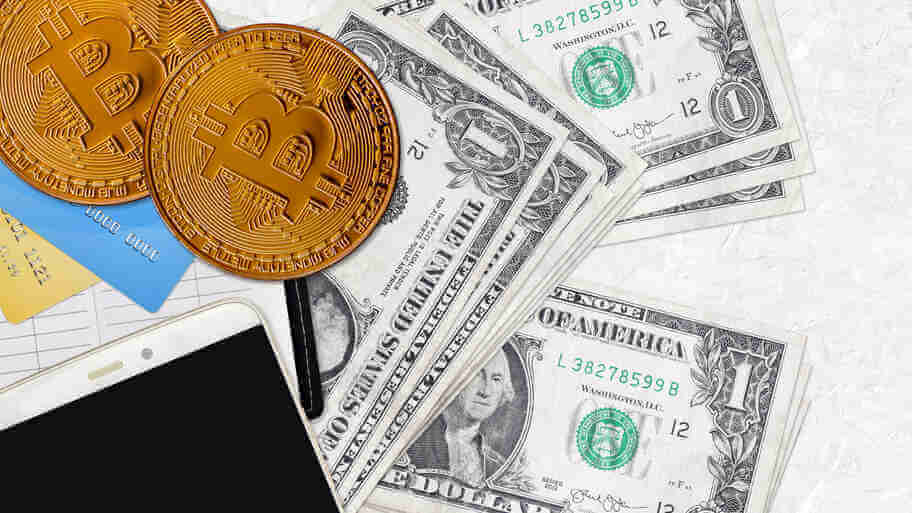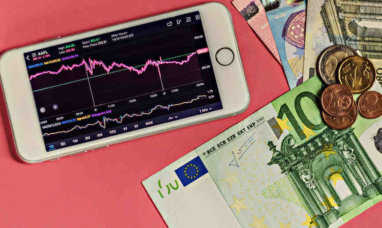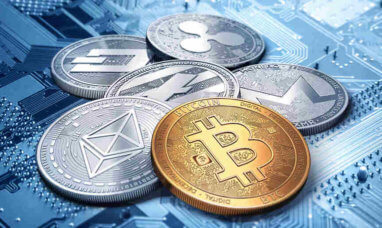As cryptocurrency is gaining acceptance, consumers should quickly grasp how to buy cryptocurrency using their preferred fiat money. This article will explore cryptocurrency on-ramps and off-ramps and explain why they are essential for bringing crypto to the mainstream.
Converting Fiat Currency to Cryptocurrency
Cryptocurrencies and blockchains are among the most exciting technologies to emerge in the present millennium. Since Bitcoin’s well-publicized price increase, hundreds of other digital currencies have arisen.
Part of the appeal of cryptocurrencies is that they are decentralized. In contrast, fiat currencies such as the US dollar are government-backed and controlled. Given fiat money’s pros and cons, many people see cryptocurrency as an alternative for the future.
However, the only way for new users to be onboarded into the crypto space is by exchanging fiat money for cryptocurrency. One of the primary impediments to cryptocurrency’s adoption is the difficulty of converting between fiat currencies and cryptocurrencies.
Developers charged with converting the next generation of consumers and businesses over to cryptocurrency must be able to make this process easy. Withdrawing money from a bank account to buy a cryptocurrency and changing cryptocurrency holdings back to bank deposits should be a painless procedure.
Crypto ramps are solutions that provide a link between our physical and digital worlds, including their currencies. They provide simple, safe, and quick methods for exchanging fiat money for crypto, and vice versa. Crypto platforms such as Coinfield crypto exchange and TBC fiat currency exchange are at the forefront of these services.
What Are Fiat On- and Off-Ramps?
An “on-ramp” is a service that facilitates the exchange of fiat money (e.g. US dollars and Euros) to cryptocurrencies (e.g. Bitcoin, Ethereum). In other words, it acts as an “on-ramp” to the world of cryptocurrency. Because fiat, or government-issued money, is the most commonly used type of currency worldwide, exchanging fiat money for cryptocurrency is the most accessible way to enter the crypto ecosystem.
In contrast, an “off-ramp” is a service that streamlines the exchange of cryptocurrencies to fiat money. While crypto currency on-ramps are critical for widespread adoption, the availability of an off-ramp demonstrates to users that they are not tied into a cryptocurrency and may leave (i.e. trade crypto for fiat) at any moment. Thus, off-ramps complement cryptocurrency on-ramps and play a critical role in bridging the divide between conventional, fiat-dominated banking and the bitcoin market.
Ramps for fiat are also crucial in the context of decentralized finance. Naturally, the more convenient it is for consumers to buy cryptocurrencies using their bank account or debit card, the more players the market will have.
There are several on-ramp and off-ramp platforms where you can get cryptocurrencies or exchange them for fiat money. Coinbase may be leading the way in this on-ramp and off-ramp race as it allows customers to deposit their paycheck and withdraw in USD or crypto.
What Is the Significance of Ramps for the Crypto Market?
Creating cryptocurrency on-ramps and off-ramps in the market is critical for bringing in new users and capital. It is also essential for bridging the gap between the conventional financial system and the digital world. The ability to simply go to a cryptocurrency exchange and purchase Ethereum (ETH) or other assets using a debit or credit card makes the world of cryptocurrency accessible to anybody familiar with online buying in its most basic form.
In the same manner, the ability to convert crypto back into fiat money makes dabbling in cryptocurrency more appealing to novice users since they know they can get out whenever they want. This adaptability removes some of the mystique around digital assets, making them seem more like any other commodity on the market.
Greater access to OTC markets and similar services also gives larger institutions confidence that they can purchase and sell cryptocurrency with adequate liquidity on a broader scale. When it comes to institutional purchases of digital assets, exchange channels must be opened up for large sums of money to begin pouring into the space. Otherwise, exchanges may struggle to handle the volume of institutional purchases, and the impact of one order on market prices could be significant.
Trading and Arbitrage in Cryptocurrency Markets
Trading and arbitrage possibilities exist across cryptocurrency exchanges. Arbitrage in cryptocurrency is all about profiting on price differentials.
While cryptocurrency trading has been active for some years, cryptocurrency exchange rates vary greatly. Each cryptocurrency exchange values specific cryptocurrencies differently. Crypto arbitrage allows traders to profit on price differentials between cryptocurrencies by purchasing them on one exchange and immediately selling them on another.
Crypto arbitrage is a type of trading practice that enables traders to profit from the inefficiency of the cryptocurrency market. However, these trades must be executed instantly to gain any profit; otherwise, the market may vary, and you may incur a loss.
The majority of crypto exchanges are unregulated and independently owned and run. The bulk of them operate similarly to traditional equities markets, with traders submitting buy and sell orders and the exchange clearing trades via a centralized order book.
Tether is the primary base currency on these exchanges. Tether (USDT) is a cryptocurrency launched in 2014; a single US dollar backs each token. Tether has been heavily traded in the months since it was utilized as the basis currency for these exchanges.
What crypto exchanges allow shorting? Trading and arbitrage in the cryptocurrency market is possible through platforms such as Coinbase, Kraken, Bitstamp, and Gemini. These crypto exchanges allow shorting of various cryptocurrencies, thereby providing more options for users to maximize the benefits of crypto margin trading.
The Bottom Line
Crypto On/Off ramp services are used to onboard new crypto users. They include features such as the ability to pay with Debit/Credit Cards and to purchase cryptos over the counter (OTC) using fiat money.
In this environment, fiat money, despite its pros and cons, is critical; with multiple arbitrage methods and possibilities available, users can short positions while profiting from market inefficiency. These opportunities, however, swiftly vanish as more traders engage in arbitrage. This helps to stabilize the market, and pricing may eventually become comparable across exchanges.
When it comes to exchanges, Coinfield is one of the most well-known legal and regulated exchanges in the crypto market. It offers low trading and deposit fees as well as the best BTC prices. Coinfield accepts a range of deposit options and provides an easy-to-use and beginner-friendly exchange.
Featured Image: Megapixl








